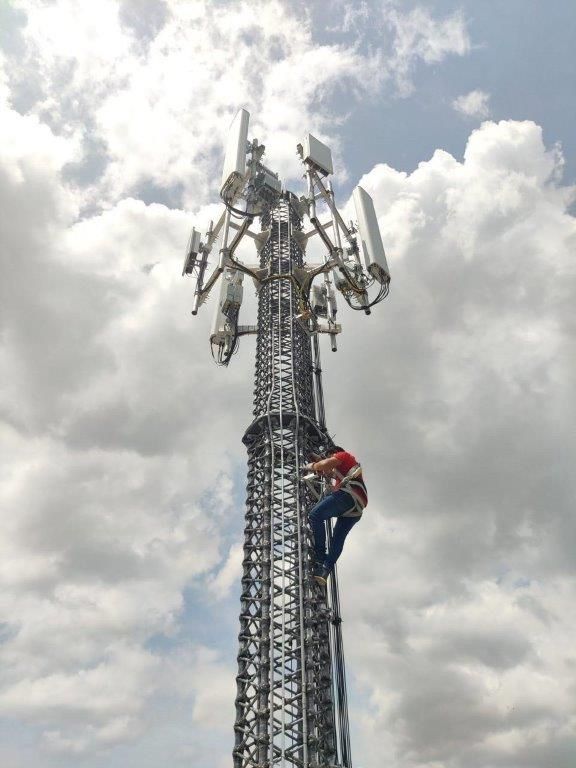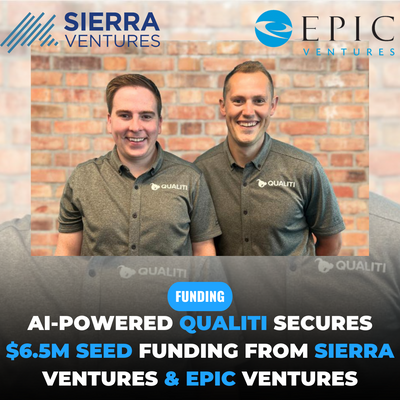The meandering yet promising story of a technology invention birthed in Utah that may recast an entire global industry.
As the son of a former U.S. Air Force pilot, it’s not surprising that David Jensen’s entire life has been shaped by aircraft and the forces that support or restrict flight.
They were with him at the USAF base in Germany where he was born, and on through his graduate and post-graduate studies at Massachusetts Institute of Technology where he received his doctorate in aerospace structures.
These mental pushings and pullings continued with him during his close to 35 years in academia, initially with Penn State University, but for the majority of the time with Brigham Young University in Provo, Utah.

It was in 1994, while he was at BYU, that these forces finally came together in an initial research paper published by then Dr. Jensen, a paper that centered around a new invention, something he called IsoTruss.
Today, some 28 years and many starts, stops, twists and turns later, it appears that what began as his skyward vision may actually find its first true commercial success, one firmly attached to terra firma in the form of cell phone towers built using Dr. Jensen’s IsoTruss structural inventions.
IsoTruss the Invention
If you’ve ever seen a lattice before, you understand the foundational principles behind the IsoTruss design—combine straight members with diagonal members to create a structure that uses less material and weighs less yet still provides high strength and rigidity.
An example is seen in the main towers of the Washington Bridge that spans the Harlem River between New York City and Fort Lee, New Jersey.
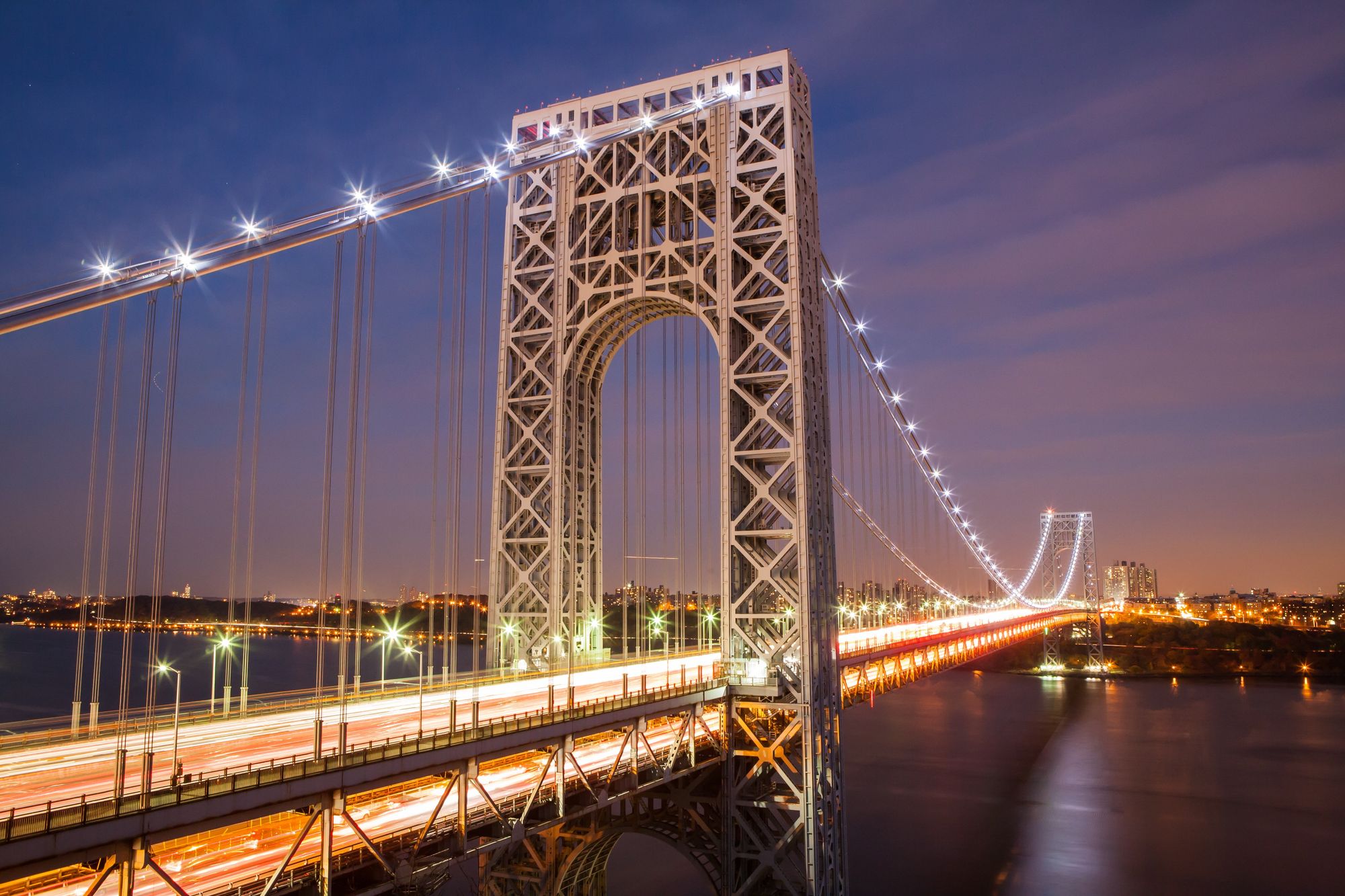
Dr. Jensen took this commonly used architectural concept and stood it on its head by turning to modern-day carbon fibers/composite materials to create a tubular lattice work that was significantly lighter weight, yet retained both strength and stiffness.
According to Dr. Jensen, “Combining what people have done with composite materials with lattice structures which can be made by simple composite manufacturing methods gives us a combination that yields a high-performing structure:
- "It’s strong,
- "It’s stiff,
- "It’s lightweight.”
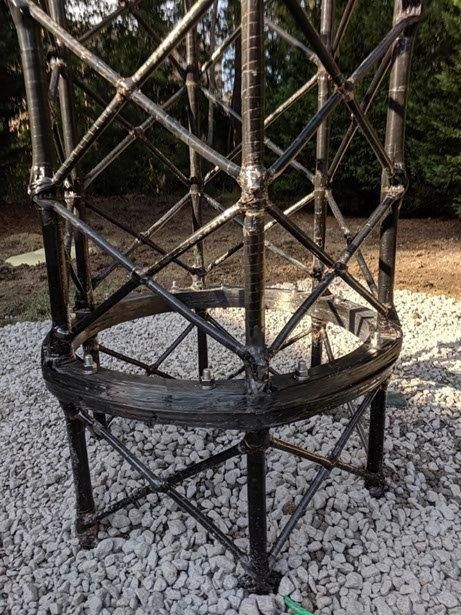
Such IsoTruss tubes are made by weaving carbon fibers together across a metal frame in a software-optimized crosshatch-like pattern of straight and diagonal threads created for the needs of a specific application.
After the weaving process is completed to the length and diameter required, these bundles are permanently compressed using a polymer wrap, with the entire structure then baked in an industrial oven at over 350 degrees Fahrenheit for close to 21 hours.
Once cooled, the now consolidated and hardened IsoTruss lattice-work structure is separated from the metal frame and is ready for final quality inspection before shipping and installation.
Since Dr. Jensen’s initial publication about IsoTruss, a number of efforts have been made to bring the technology to market.
One such effort coincided with my first exposure to the IsoTruss design back in 2007 and 2008.
That was when my PR agency helped launch the Arantix brand mountain bike for Payson, Utah-based Delta 7 Sports, a bike centered around an IsoTruss structure molded with and to a hardtail, carbon fiber frame.
And with a frame weight of a mere 2.75 pounds, the Arantix set tongues waggin’ and eyes bulging across the entire cycling industry.
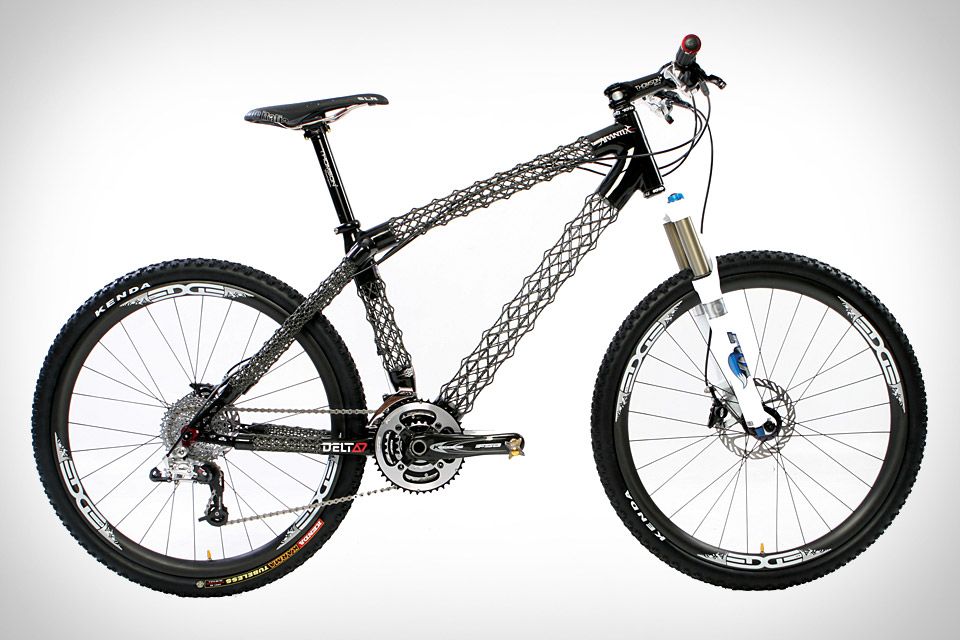
For that launch press release, we wrote:
“IsoTruss open lattice structures are made up of three-dimensional (3-D) pyramid-shaped trusses formed by combining two-dimensional (2-D) trusses, such as the kind commonly used in architectural design. The pyramid-like structure of an IsoTruss lattice utilizes the geometry of a triangle with two equal sides (an Isosceles Triangle) to create a shape with a superior strength-to-weight ratio. Hence, the name IsoTruss comes from the ‘iso' in isosceles, while ‘truss’ comes from the architectural design known as trusses.
“The fusion of 2-D trusses into the 3-D pyramid-shaped forms found within an IsoTruss structure enables Delta 7 Sports to build bicycle frames that bend less, twist less (torsion) and flex less (axial stiffness) than metal bike frames of comparable weight.”
To be clear, the nearly two-year-ride I had with Delta 7 Sports and the IsoTruss technology was some of the most fun I’ve had in my entire career.
But then they and our agency collided head-on into the worst economic downturn in 70 some-odd years, leading to the end of Delta 7 and Arantix, and the return of the licensed IsoTruss patents and inventions back to the Tech Transfer Office at BYU.
IsoTruss the Company. Today.
Since 2015, IsoTruss the technology has been affixed to IsoTruss, Inc. (the company), through a series of licensing and royalty agreements with BYU’s Tech Transfer Office.
Interestingly, of all the fun and exciting potential opportunities that have come up over the years for commercializing Dr. Jensen’s invention—think artificial limbs, aircraft fuselages, automobile frames, football goal posts, golf club shafts, and potentially many, many more—it appears that the one with the most promise may, in fact, be the most well-grounded. (Pun intended.)
Specifically, several weeks ago, IsoTruss announced it had secured a $4.5 million Series A round of funding.
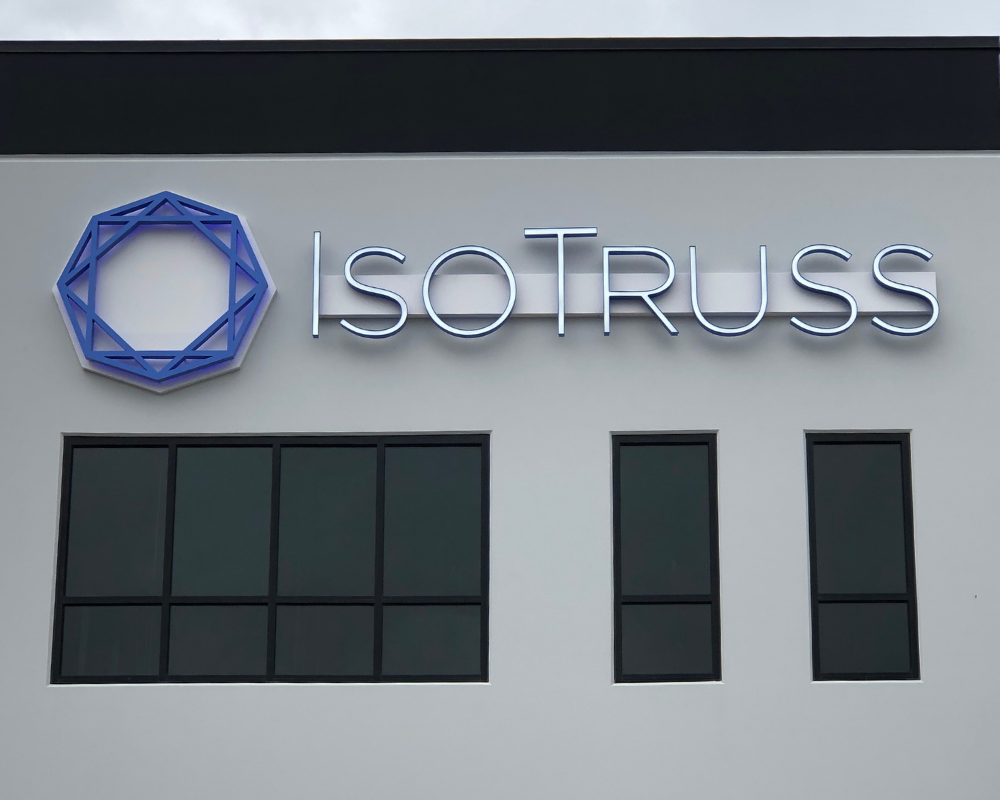
Led by the S.G. Koenig Trust, this Series A funding followed a $3 million seed investment round led by Japan’s Sojitz Corporation in October 2020, as well as a significant round of angel funding several years before that.
What struck me from this funding announcement, however, was not just the fact that IsoTruss has now raised upwards of $10 million in total over the past half-dozen years.
More, it’s the quote that CEO Nathan Rich shared in the release itself:
“This funding commitment demonstrates the enthusiasm for cost-effective, sustainable IsoTruss carbon fiber lattice cell towers, while strengthening our strategy to increase market share in the communications tower business. Our innovative IsoTruss lattice grid designs require less carbon fiber to fabricate a tower as compared to steel towers, which allows us to further tighten the price gap and compete with traditional steel build-outs, while offering additional added value.”
Cell towers? Really?!?!
Talk about an unsexy business, especially in comparison to the cycling industry … except maybe not.
Why 5G May Prove to be a Huge Boon for IsoTruss
One of the reasons IsoTruss is generating significant interest from telecommunications companies around the globe, especially in developing countries and in regions with highly dense populations, is due to the frequency differences of 5G environments versus those used for 4G phones. Here’s why.
Today’s most widely deployed and used cellular transmission system is 4G, a technology that operates between radio and microwave frequencies and at wavelengths that can be 1,000 or more times wider than the wavelengths used in 5G systems.
(NOTE: Apologies in advance for being so geeky, but a wavelength refers to the distance between the peaks of two consecutive waves on an electromagnetic signal, like those used for an AM radio or in a microwave.)
As a result, 4G transceivers can successfully operate in areas with lots of buildings, trees and other obstructions and at distances of up to 15.25 kilometers (9.5 miles).
Conversely, 5G systems operate using millimeter waves, meaning that the wavelengths are not only much shorter (aka, compact), but they also transmit at higher speeds.
This allows 5G networks to transmit dramatically more data in the same amount of time as a 4G system. Hence, the ability to download and/or stream a high-def movie directly on a 5G smartphone.
Additionally, 5G networks are designed to simultaneously connect with as many as 1 million devices per square kilometer.
For readers not as comfortable with the metric system, that equals nearly 2.6 million 5G devices per square mile. Yeah, it’s a mind-blowing number.
However, there are two main drawbacks to a 5G system:
- They can only transmit signals as far as 1,000 feet on average, and
- The shorter wavelengths of 5G transmissions mean they have a very difficult time penetrating buildings and other obstructions.
Clearly, not all 5G devices will connect to 5G transceivers that are attached to cell towers, but a lot of them will. In those instances, transmission towers that are
- Lighter weight,
- Stronger,
- Easier to transport and install,
- Less expensive to transport and install,
- More environmentally friendly, and that can
- Withstand the elements longer, and
- Are reasonably priced (in comparison to traditional cell towers)
will be in great demand.
And this is where IsoTruss transmission towers come into play.
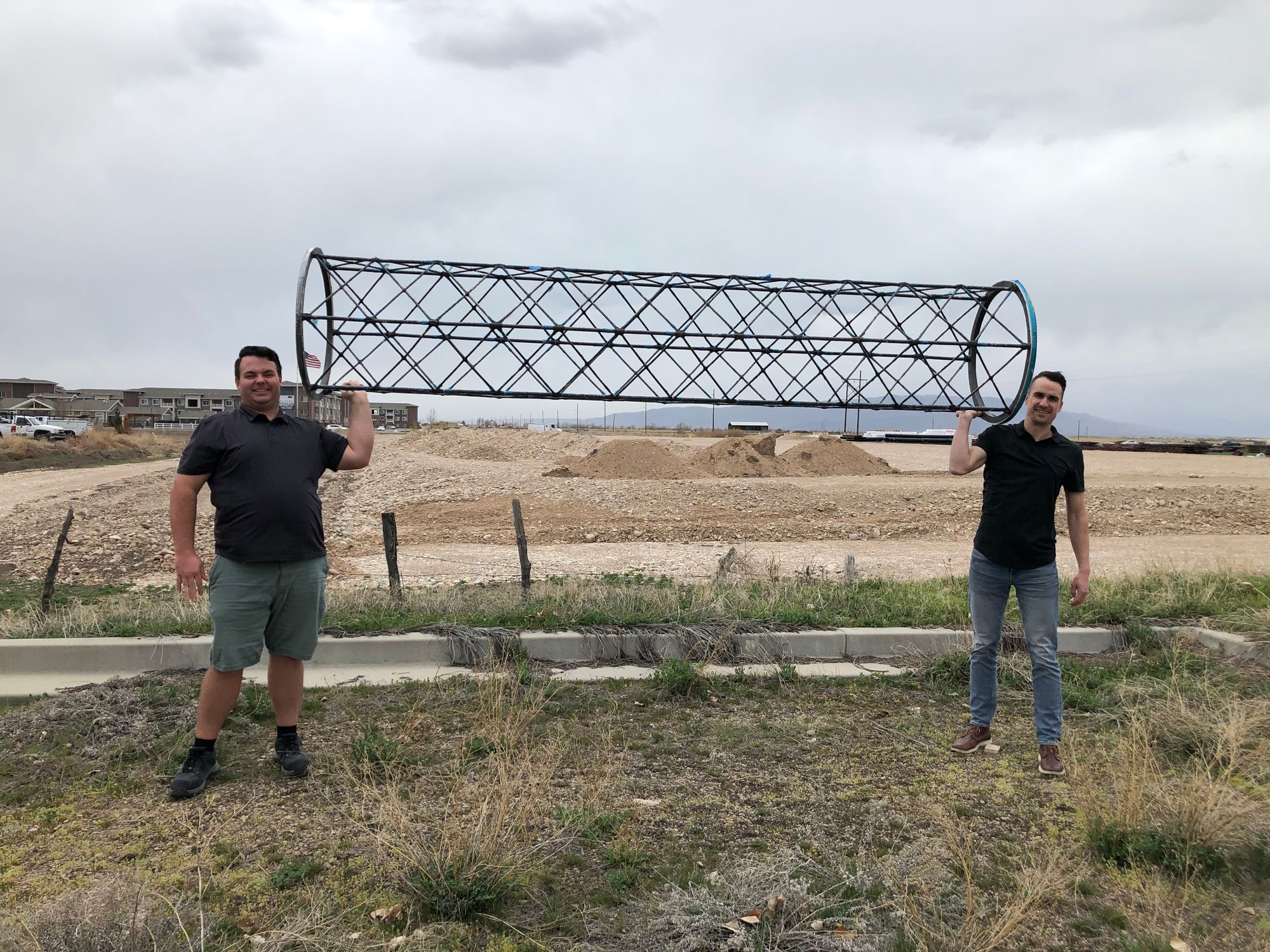
By the way, one can easily make a case to project the need for literally tens of millions of new 5G transmission towers around the world.
Hence, it wouldn't take many orders for a company like IsoTruss to see a significant uptick in both production and revenue.
Is it Time for an IsoTruss Take-off?
After speaking with CEO Rich last Friday and then touring the IsoTruss facilities in Springville, Utah on Monday, I gotta say, I’m impressed.
No, they haven’t figured out how to completely automate the manufacturing process yet, so that’s clearly a big hurdle that the company will have to overcome if it’s gonna have a shot at the big time with telco providers around the globe.
But buried in the seventh paragraph of the latest IsoTruss funding news release was this little gem:
“In Spring 2022, IsoTruss will open its second manufacturing facility, in Pampanga, Philippines, to further ramp up production of IsoTruss carbon fiber lattice cell towers, which are well-suited to hurricane/typhoon-prone regions.”
Wanna guess where several IsoTruss execs are for the next several weeks? Here’s a hint: it’s not Springville.
To be clear, although the transition to a fully automated manufacturing system and process is obviously a non-trivial matter for the IsoTruss design, for the first time over a dozen years or so, I have this sense that this may actually be the time that lift-off is actually achieved, both for IsoTruss the design and IsoTruss the company.
And if that’s the case, Dr. Jensen may finally see his life-time pursuit achieve true lift-off.

AUTHOR'S NOTE: Click here to watch our full in-studio interview with Dr. Jensen on Silicon Slopes TV.

